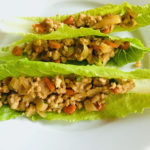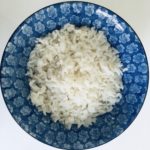Tree Nut Allergy:
A nut allergy is an immune reaction to the protein of a specific nut, such as almond, cashew and walnut. Each species of tree nut has different allergenic potential in each person, so a person could be allergic to one type of tree nut, but not to another. However, because of the risk of cross-contamination from one to another in processing and packaging, it is best to avoid all tree nuts if allergic to one.
Symptoms of tree nut allergy:
Symptoms of tree nut allergy can be divided into 3 categories:
- Gastrointestinal – nausea, vomiting, stomach pain, diarrhea
- Respiratory – wheezing, asthma, rhinitis (stuffy or runny nose), itchy watery eyes, sneezing
- Skin – hives, rash around the mouth, tingling of lips, swelling around the mouth, tightening of throat, eczema
Anaphylaxis is the most severe allergic reaction to nuts, involving every above organ system. It can lead to anaphylactic shock and death.
The tree nut-free diet:
Following a tree nut-free diet requires the elimination of the following types of foods:
- The specific nut that the person is allergic to, if symptoms are mild
- All nuts, if a person is at risk for an anaphylactic reaction, due to cross-contamination
- Nut butters
- Nut oils
- Nut meal or nut flours
- For a more detailed list, see the Tree Nut-Free Guide
Nutritional needs:
Nuts provide protein and many essential vitamins such as A and E, and minerals such as phosphorous and potassium, but these nutrients can easily be found in other foods such as other legumes, meat, grains, and oils. Therefore, nutrient deficiency is not a concern when eliminating tree nuts from the diet.






what people are talking about